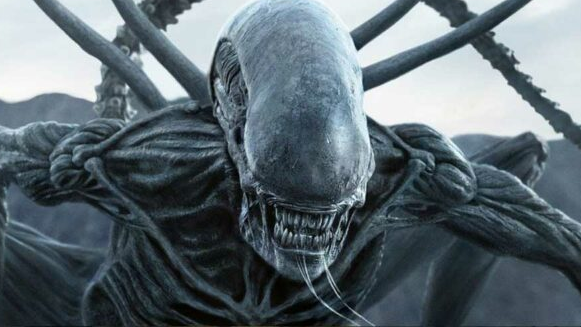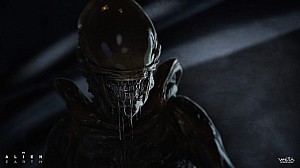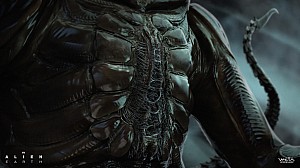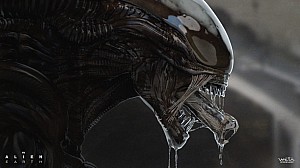Ripley,Sulaco & Co. encounter/go into orbit around a black hole,somehow creating a paradox in space-time:2 Ripleys,2 Sul
Alien Movies Forum Topic
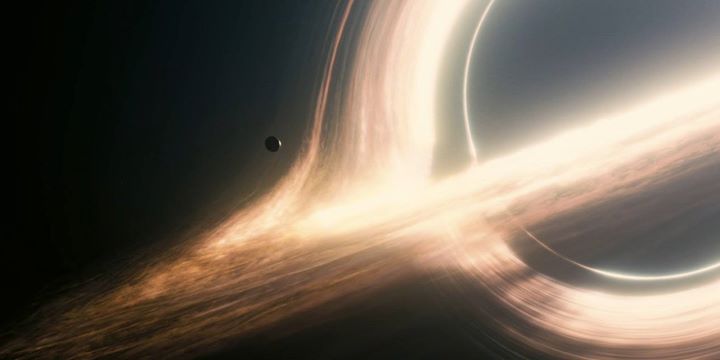
HyperNova
MemberOvomorphMarch 25, 20153333 Views23 RepliesRipley,Sulaco & Co. encounter/go into orbit around a black hole,somehow creating a paradox in space-time:2 Ripleys,2 Sulaco's & Co. a paradox that has to be resolved - How...
I was watching Interstellar a few days ago and thought of the idea of seeing Ripley and Co. meeting themselves or encountering a giant stellar object(s) like was seen in that film or being caught-up like The Philadelphia Experiment in a convoluted, interstellar time-loop...
Think of the Sulaco crossed with moments of Interstellar when they encounter Gargauntua... How would fate (if it even exists) work to resolve such a paradox it helped to create in the first place? Somehow the temperal twin in every excact detail of the Sulaco and its remaing crew are duplicated - NO!!... NOT CLONED!!!
I want to be clear! No cloning here but from a parallax view-point multiple incarnations or in this case just duel incarnations are created as a result of the forward and back flow of space-time effects and relativity.
Again not to copy but drawing inspiration from Interstellar crossed with some temporal looking tech in Prometheus regarding the Engineer powering up the Juggernaught and all its exotic looking energies.
Two identical copies existing in the same volume of space-time creates a paradox, a bubble in the space-time matter stream, a paradox that nature (fate, if you will) will inevitably affect to self-correct to stem the flow in the particle stream.
Simple, we stay in continuity by one set of exact, time-continuim twins of Ripley, Hicks, Newt, Bishop and Sulaco and maybe an alien aboard who knows that encounter a black hole, or worm hole. Somehow two identical matches are created via a freak of nature and the ripples in time or in the local garvitational field(s) of the black hole/worm hole creates rivaling destinies where there are one then two Sulaco's then one, then three even, then two again and so on.
Think a little of the beginning of Tim Burtons Planet of the Apes but with more Interstellar/2001: A Space Odyssey gravitas applied to it.
One version of Ripley and Co. the one we are already familiar with crash lands as is already detrmined, or pre-detrmined perhaps by the hand of nature (and fate) upon Fury 161 as is stated by that film's continuity and go on to spawn the events of Ressurection, whilst tempraly IDENTICAL TWIN Ripley and Co. who travled into or near-to the event horizon of the black hole somehow emerge years and years, perhaps decades later making them age appropriate and only one Ripley and Co. can exist in one universe, this universe, our universe at any given time. The same matter cannot occupy the same point in space twice. At least at local levels, across cosmic distances perhaps the effect dilutes itself out. The paradox thus resolving itself. Time, space and continuim existng as one returning to normal.
Imagine crossing elements of Interstallar within the Alien universe, albeit for inspirational purposes and seeing those similar themes further explored in the up-coming Prometheus films...
In fact I would like to see that the reason the Engineers race has become so flawed and even lost is because they were dabbling in quantum singularities and mechanics that entrapped their people while some masterd the art, others are in a Phantom Zone like Superman II showing they wern't just into biological engineering, that was just the tip of the ice berg. But much grander scale type things such as temperal engineering, parallel dimensional crossing, tinkering with mirror universes and quantum star travel... (as a starting point!)
Thus, we resolve the double Ripley and Co. paradox while maintaing continuity and without resetting any timelines we effectively begin anew while staying true to the already established Alien Universe...


